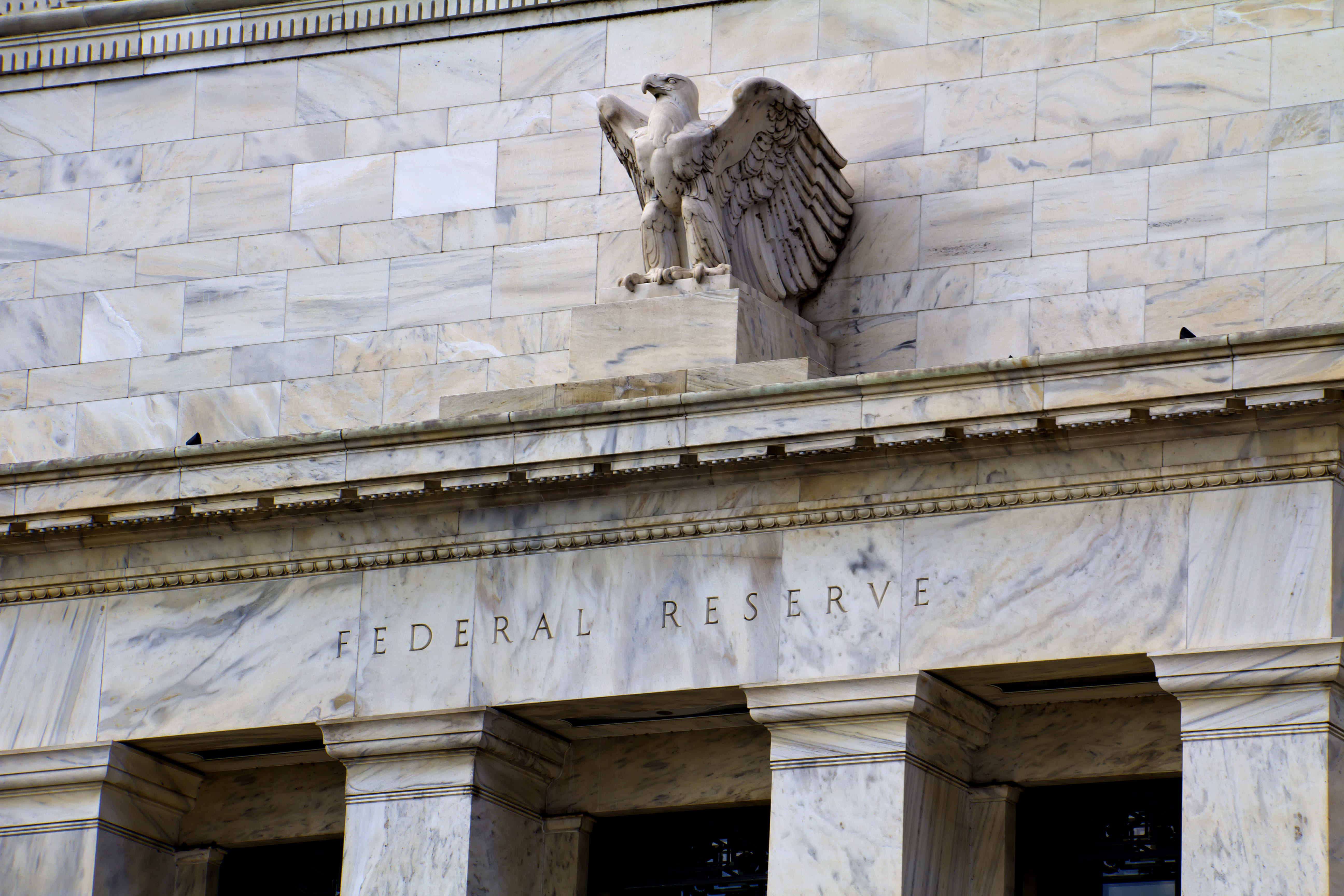Equity ETFs took a hit last Friday after Federal Reserve Chairman Jerome Powell sounded a hawkish tone in a widely anticipated speech delivered at the Jackson Hole Economic Symposium.
It was clear inflation was Powell’s primary concern.
"The Federal Open Market Committee’s (FOMC) overarching focus right now is to bring inflation back down to our 2% goal,” Powell said, warning there will be costs to taming inflation.
“While higher interest rates, slower growth, and softer labour market conditions will bring down inflation, they will also bring some pain to households and businesses. But a failure to restore price stability would mean far greater pain.”
The iShares Core S&P 500 UCITS ETF (CSPX) was down more than 2% last Friday while the Invesco Nasdaq-100 UCITS ETF (EQQQ) tumbled more than 3%.
Higher for longer
Powell’s speech did not necessarily contain anything he has not said before but one of his focal points was that the Fed would likely push rates to a restrictive level and then keep them there until inflation has come down significantly.
This contrasted with recent market expectations for the Fed to hike rates and then begin cutting them as soon as 2023.
Based on fed fund futures, market expectations last Friday were more in line with Powell’s commentary. The futures market expects the federal funds rate to reach 3.75% to 4% by February and then stay there for at least several months.
The market also sees a 60% chance of another 75 basis point hike at the September meeting and a 40% chance of a 50 basis point hike.
Powell said the level of the September interest rate increase will depend on incoming data. He also reiterated his post-meeting press conference comments in July that the pace of rate hikes would eventually slow.
“Our decision at the September meeting will depend on the totality of the incoming data and the evolving outlook,” he added. “At some point, as the stance of monetary policy tightens further, it likely will become appropriate to slow the pace of increases.”
Digesting the latest outlook
The volatility in markets last Friday is a case of the market taking in the latest guidance for monetary policy. While investors had largely accepted the idea of higher interest rates, with the potential for the federal funds rate to get close to 4%, they hoped those rates would not last very long.
Now the Fed is hinting they could indeed last for a while, even if inflation shows signs of cooling.
“While the lower inflation readings for July are welcome, a single month’s improvement falls far short of what the FOMC will need to see before we are confident that inflation is moving down,” Powell said.
Expectations for interest rates that are higher for longer pushed the yield on the two-year Treasury bond up to 3.44% on Friday, matching the high from June. The iShares $ Treasury Bond 1-3yr UCITS ETF (IBTS) is lower by 3.2% this year.
Long-term bond yields were not as responsive to Powell’s commentary. The 10-year Treasury yield was flat just above 3%, while the 30-year yield dropped 4 basis points to 3.2%. Both yields rallied in recent days but are solidly below their June highs.
Bond ETFs react
The iShares $ Treasury Bond 7-10yr UCITS ETF (IBTM) and the iShares $ Treasury Bond UCITS ETF (IDTL) are down by 10.5% and 23%, respectively, on a year-to-date basis.
The smaller increases in long-term bond yields suggested investors were confident Powell and the Fed would be successful in their quest to bring down inflation. In particular, they may be relieved that the central bank is loath to repeat monetary policy errors from the past.
Powell talked about how prematurely ending the inflation fight could lead the Fed to needing to be even more aggressive down the line, evoking previous efforts by Fed Chairman Paul Volcker.
“We must keep at it until the job is done. History shows that the employment costs of bringing down inflation are likely to increase with delay, as high inflation becomes more entrenched in wage and price setting,” Powell said.
“The successful Volcker disinflation in the early 1980s followed multiple failed attempts to lower inflation over the previous 15 years. A lengthy period of very restrictive monetary policy was ultimately needed to stem the high inflation and start the process of getting inflation down to the low and stable levels that were the norm until the spring of last year. Our aim is to avoid that outcome by acting with resolve now.”
Inflation expectations
Powell also stressed the need to keep inflation expectations in check because “the public’s expectations about future inflation can play an important role” in getting inflation under control.
Once again, he recalled past efforts during the 1970s when expectation of high inflation, "became entrenched in the economic decision-making of households and businesses”.
While Powell noted that surveys and market indicators suggest that inflation expectations were in check, he stressed that he wanted to keep it that way. And the way to ensure that is to bring inflation down as quickly as possible.
This story was originally published on ETF.com
Related articles


